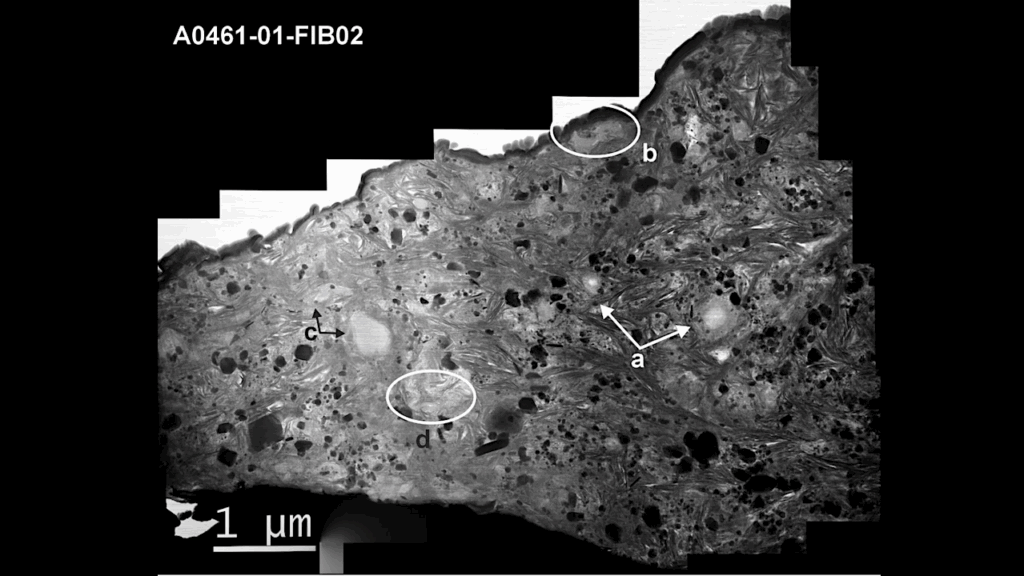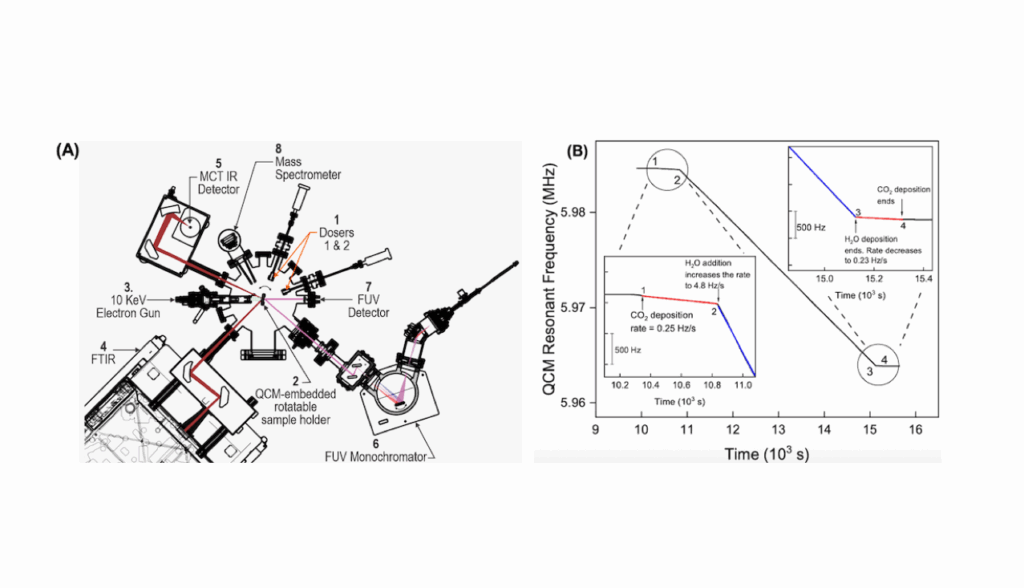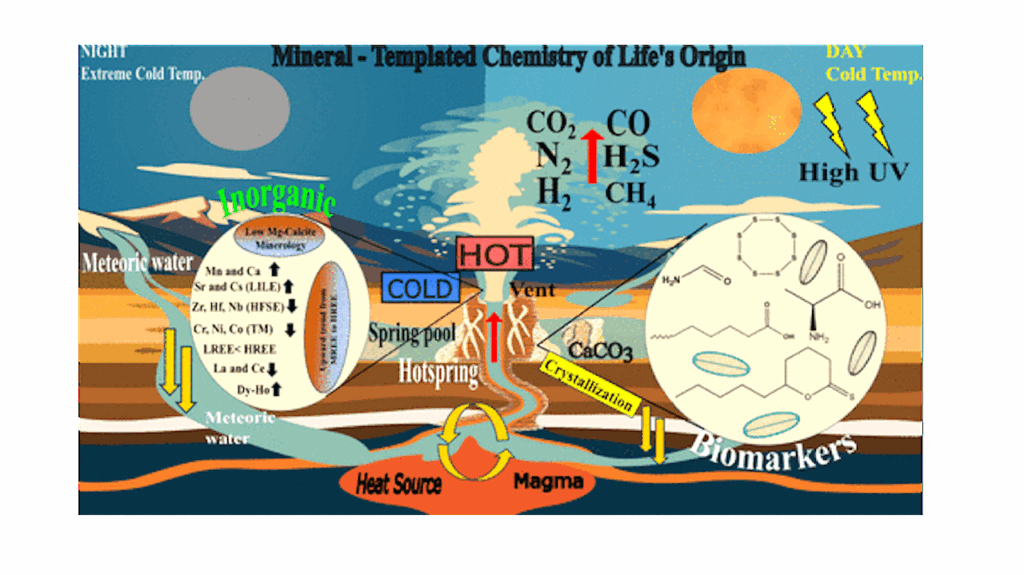Designer peptide–DNA Cytoskeletons Regulate The Function Of Synthetic Cells

The bottom-up engineering of artificial cells requires a reconfigurable cytoskeleton that can organize at distinct locations and dynamically modulate its structural and mechanical properties.
Here, inspired by the vast array of actin-binding proteins and their ability to reversibly crosslink or bundle filaments, we have designed a library of peptide–DNA crosslinkers varying in length, valency and geometry. Peptide filaments conjoint through DNA hybridization give rise to tactoid-shaped bundles with tunable aspect ratios and mechanics.
When confined in cell-sized water-in-oil droplets, the DNA crosslinker design guides the localization of cytoskeletal structures at the cortex or within the lumen of the synthetic cells. The tunable spatial arrangement regulates the passive diffusion of payloads within the droplets and complementary DNA handles allow for the reversible recruitment and release of payloads on and off the cytoskeleton.
Heat-induced reconfiguration of peptide–DNA architectures triggers shape deformations of droplets, regulated by DNA melting temperatures. Altogether, the modular design of peptide–DNA architectures is a powerful strategy towards the bottom-up assembly of synthetic cells.
Designer peptide–DNA cytoskeletons regulate the function of synthetic cells, Nature Chemistry (open access)
Astrobiology, Nanotechnology, SynBio,








